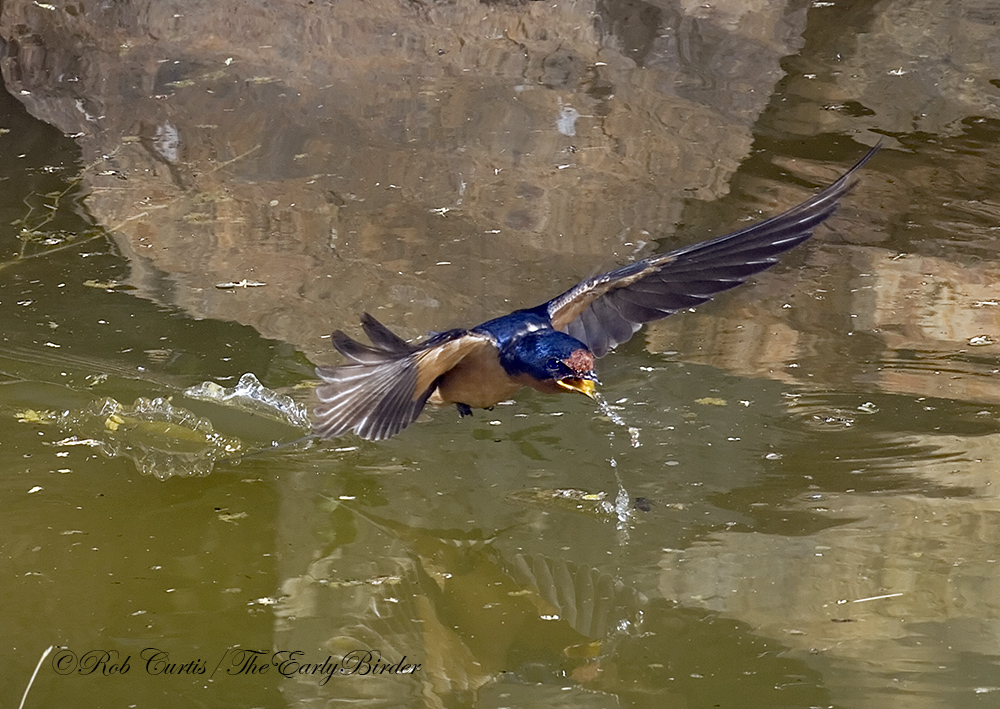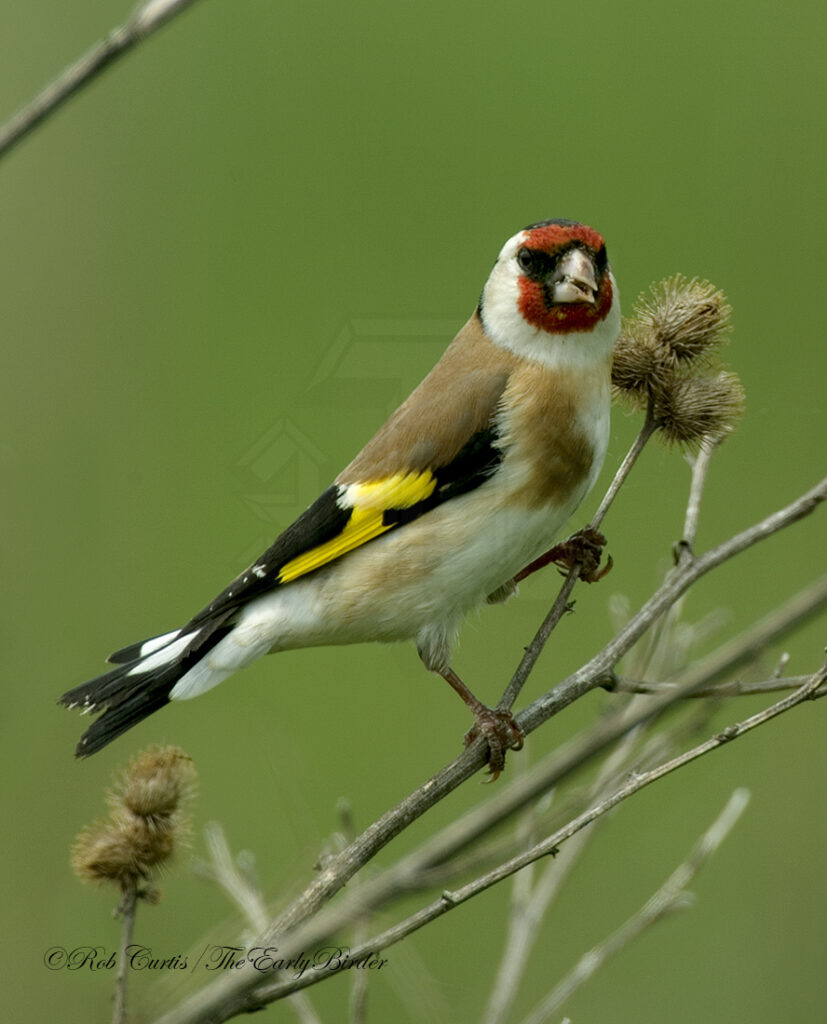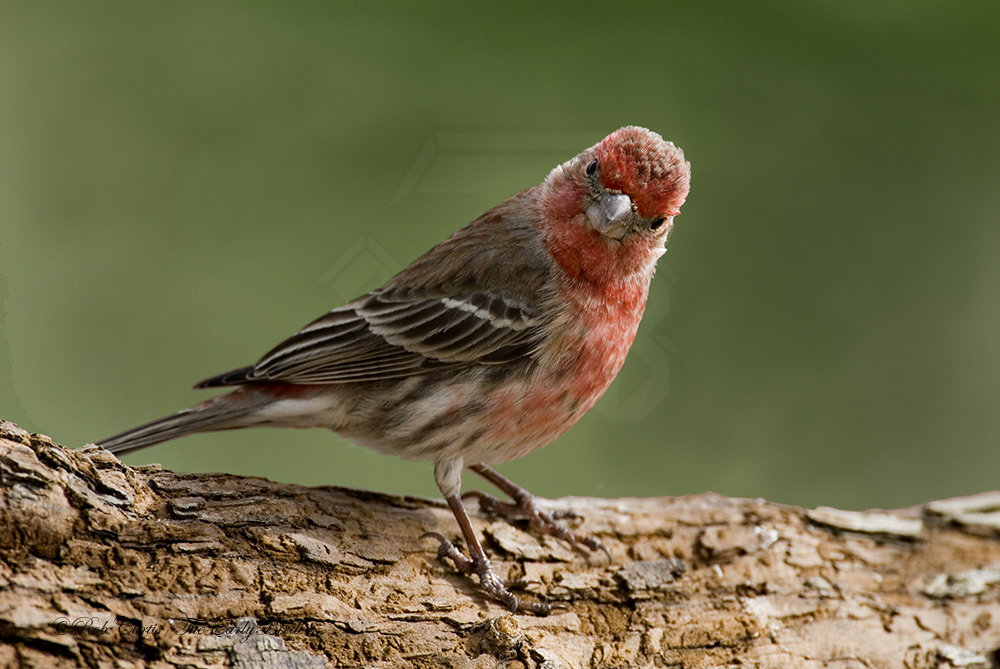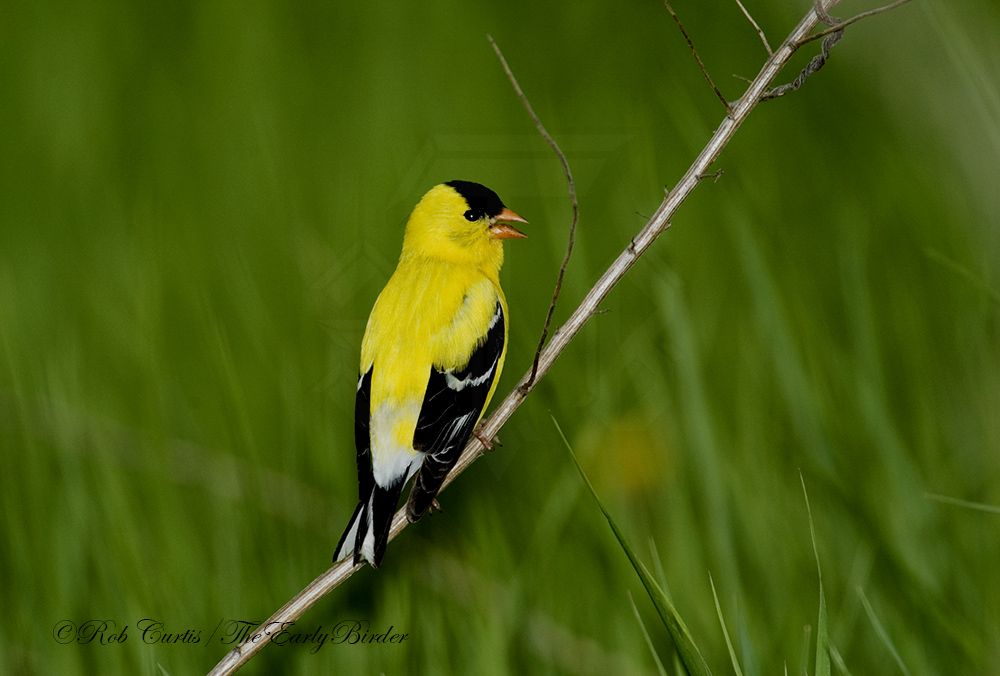barn swallow
Menu Home Subjects Covers About Contact the Barn Swallow, Hirundo rustica is a member of the family Hiundinidae within the Order Passeriformes and is the most widespread swallow in the world, with 6 subspecies breeding across the Northern Hemisphere. Inhabiting open country, it uses man-made structures for nesting and has followed the spread of humans […]



